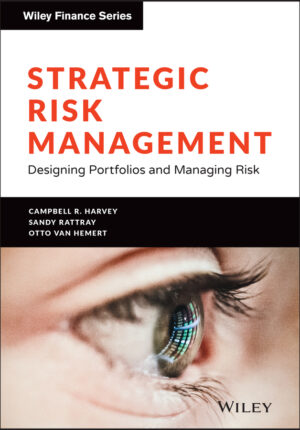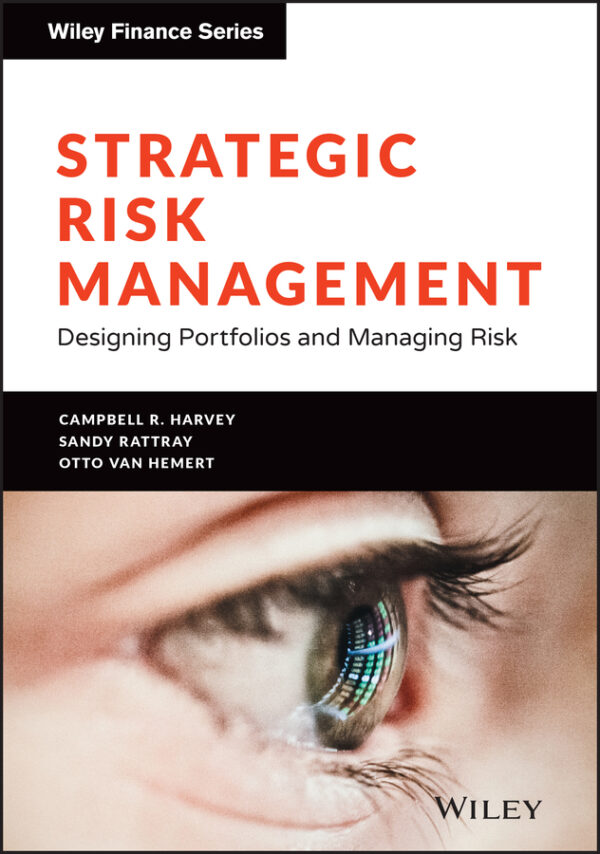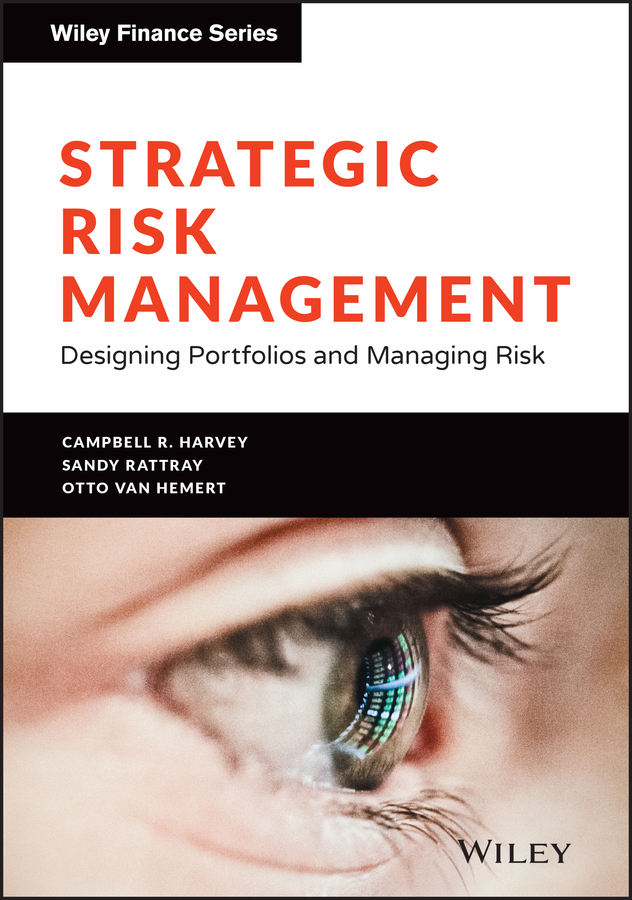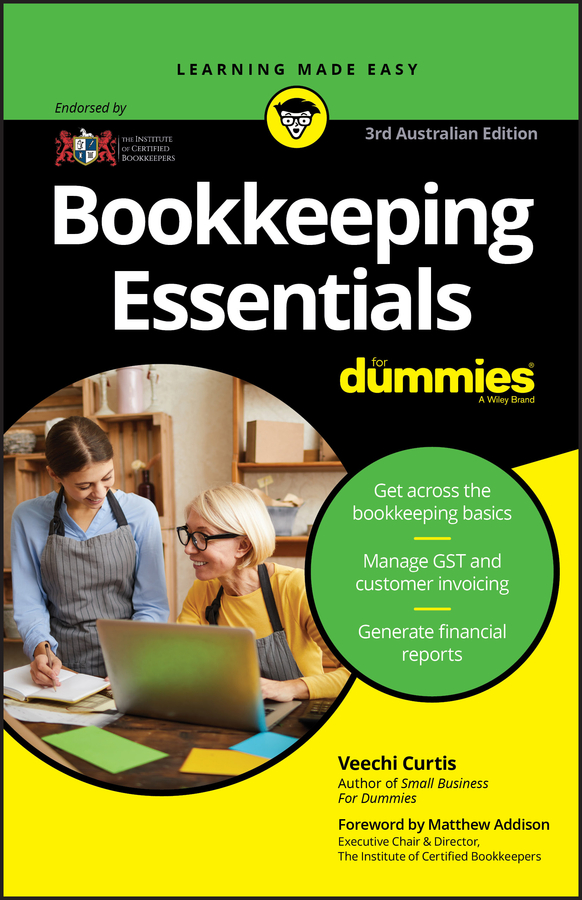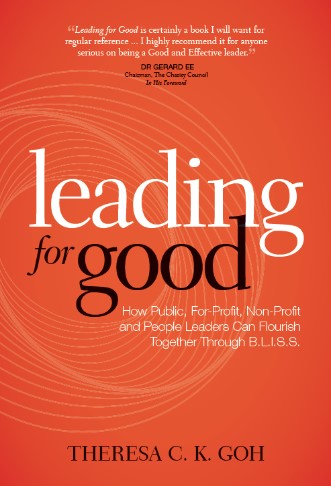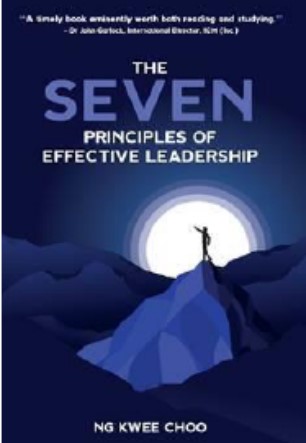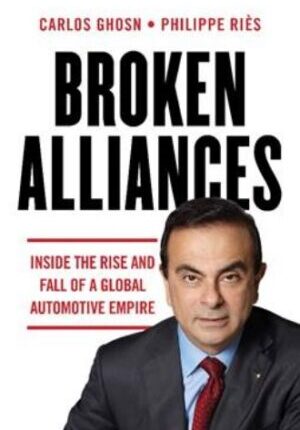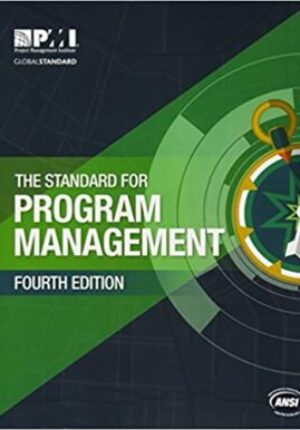Campbell R. Harvey is Distinguished Professor of Finance at Duke University and a Research Associate at the National Bureau of Economic Research. He has served as investment strategy advisor to Man Group for the past 14 years. His research focuses on the topic of risk management in dynamic settings where both risk and risk exposures are changing through time. He earned his Ph.D. in Financial Economics from the University of Chicago and served as 2016 President of the American Finance Association. Sandy Rattray is Chief Investment Officer of Man Group and a member of the Man Group Executive Committee. He is also a member of the Man Group Responsible Investment Committee. He was previously CEO of Man AHL from 2013 to 2017, and CIO of Man Systematic Strategies from 2010 to 2013. Before joining Man Group in 2007, Sandy spent 15 years at Goldman Sachs where he was a Managing Director in charge of the Fundamental Strategy Group. He also ran Equity Derivatives Research at Goldman Sachs in London and New York. Sandy is a co-inventor of the VIX index. He is a board director of MSCI Inc and sits on the MSCI Advisory Council and the Jesus College Cambridge investment committee. He holds a Masters Degree in Natural Sciences and Economics from the University of Cambridge and a Licence Spéciale from the Université Libre de Bruxelles. Otto Van Hemert is Head of Systematic Macro Strategies at Man AHL, managing about US$5 billion of client capital. He has 12 years of experience running systematic trading strategies with embedded risk controls at Man AHL and previously at AQR and IMC. He is a former finance faculty member at the NYU Stern School of Business and published his research in the leading finance journals. He holds a Ph.D. in Economics and Masters in both Economics and Mathematics.
Strategic risk management: designing portfolios and managing risk Ebook
Market selloffs, such as the one experienced in the first quarter of 2020 with the global Covid-19 pandemic, are fresh reminders of the importance of risk management. Unfortunately, it is only after these painful episodes that investment processes are re-examined. Indeed, a popular approach is to have two separate groups with a fund. The portfolio is designed by an investment management team and then handed off and monitored by a risk management team. This approach essentially sets tripwires that trigger risk reductions. Strategic Risk Management advocates a different approach. Risk management should be an integral part of the portfolio design. In this book, the authors set forward this new framework where they explore critical aspects of portfolio design including: defensive strategies, drawdown risk controls, volatility targeting, and actively timing rebalancing trades. Collectively, they have published a number of research papers on these components of risk management. The first quarter of 2020 provided a unique out-of-sample test, and Strategic Risk Management explores how their recommendations fared in the most recent drawdown. Readers will learn: Risk management cannot be an afterthought – it must be incorporated into the core portfolio design. Investors and managers often poorly understand basic concepts like portfolio rebalancing – which the authors show leads to additional risk if implemented mechanically rather than strategically. Volatility targeting helps to obtain a more balanced return stream and is particularly potent for higher risk asset classes. The cost of defensive strategies needs to be taken into account. The authors show that strategies like buying option protection are untenable, yet other strategies provide impressive downside protection without a high cost. Drawdown-based rules can be particularly useful for improving investment performance over time by detecting managers that lose their ability to outperform. This can happen as a result of structural market changes, increased competition for the type of strategy employed, staff turnover or a fund accumulating too many assets.
| Year | 2021 |
|---|---|
| Format | Ebook |
| Author |
Campbell R. Harvey |
| Publisher |
John Wiley |

